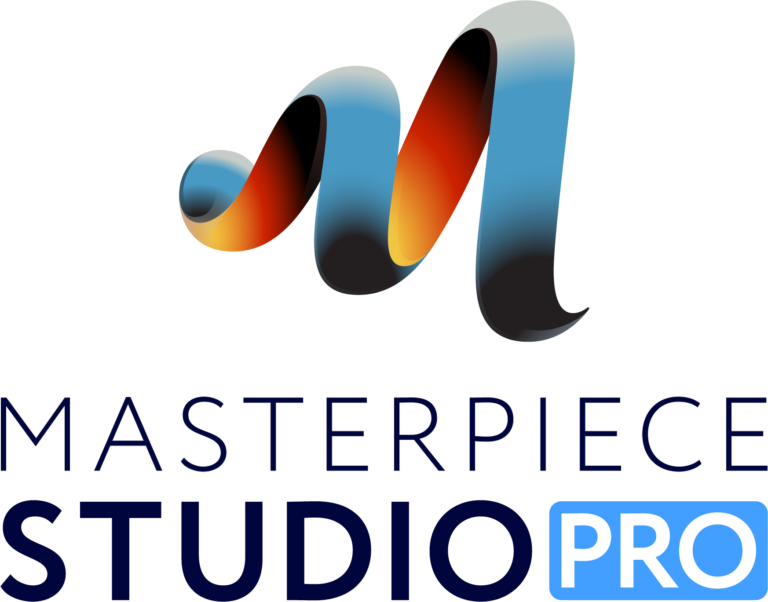Make3D Key Features
- 2D-to-3D Conversion: Make3D’s core feature allows users to upload 2D images and generate corresponding 3D models. This feature is particularly useful for designers, developers, and businesses that need to create 3D versions of real-world objects or concepts. For example, an architect could upload a floor plan and turn it into an interactive 3D model within minutes.
- Customizable Outputs: After generating a 3D model, users can adjust parameters like texture, lighting, and shading to fine-tune the appearance of their models. This flexibility enables users to create visually appealing and realistic 3D assets for various applications.
- Fast Processing and Cloud-Based Infrastructure: Make3D operates on a cloud-based platform, ensuring that even complex 3D models are processed quickly without putting a strain on local hardware. The cloud infrastructure enables users to access their projects from anywhere, making the tool convenient for remote teams or individuals working on multiple devices.
- Multi-Format Export: The platform supports exporting 3D models in several formats, including .obj, .fbx, and .stl, making it easy for users to integrate their models into other 3D software like Unity, Blender, or Unreal Engine. This compatibility with multiple formats is crucial for professionals working across different tools.
- Web-Based Interface: One of Make3D’s strengths is its browser-based design, which means users don’t need to download or install any software. This allows for quick access and easy collaboration, as users can share links to their 3D models with clients or team members.
- Customization Through AI: While primarily an automatic conversion tool, Make3D also offers some options for users to guide the AI through custom inputs, ensuring more precise results. This feature allows users to have greater control over the final output, depending on the complexity of the model.
Our Opinion
Make3D is an excellent AI tool for users looking to quickly and easily convert 2D images into 3D models. Its intuitive interface, fast processing times, and multi-format export capabilities make it a valuable asset for designers, architects, e-commerce platforms, and others who need high-quality 3D assets on short notice. While it excels at converting simpler images, users requiring more detailed or highly customized outputs may find its AI training options somewhat limited.
For professionals seeking a fast and reliable solution to streamline their 3D workflows, Make3D offers strong performance and accessibility. Its cloud-based infrastructure also adds flexibility for users working remotely or across different devices, though the reliance on internet connectivity may be a drawback for some. Overall, Make3D is a solid choice for both individual creators and teams in industries where 3D modeling is essential.












